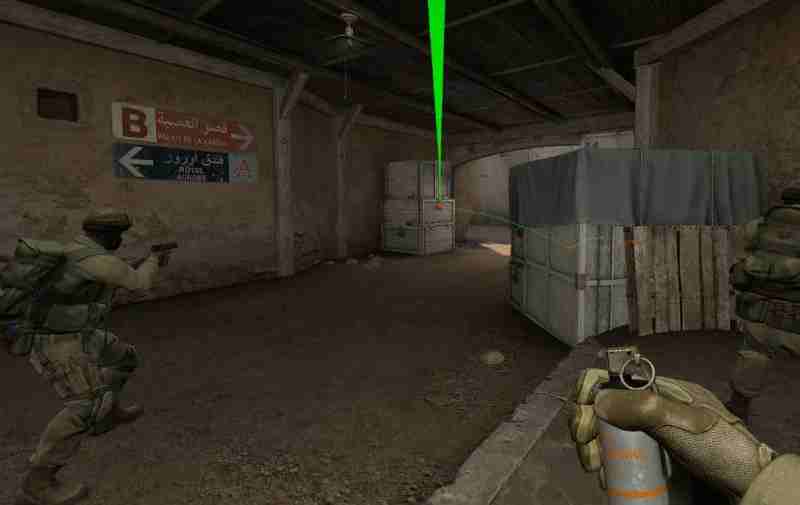Last updated on March 20th, 2024 at 02:30 am
In the dynamic and competitive realm of game development, startups face a myriad of challenges, ranging from resource constraints to the imperative need for efficient workflows. As an open-source HTML5 game framework, Phaser.js has garnered attention for its versatility and ease of use, making it an attractive choice for developers working within startup constraints. This article delves into a comprehensive exploration of best practices tailored to optimizing the game development workflow with Phaser.js, ensuring that startups can deliver immersive gaming experiences while navigating the complexities of limited resources.
Table of Contents

1. Mastering the Fundamentals of Phaser.js
Before embarking on the journey of optimization, a solid understanding of Phaser.js fundamentals is paramount. Startups should ensure that their development teams possess a comprehensive grasp of the framework’s capabilities, including rendering, physics, input handling, and more. A foundation built on proficiency sets the stage for leveraging Phaser.js effectively.
So, to build a dynamic and engaging gaming experience, it’s crucial for startups to prioritize hiring a Phaser.js developer with a mastery of the framework’s fundamentals. For those seeking skilled professionals, consider exploring potential candidates at https://lemon.io/tech-stacks/phaser-js/.
2. Crafting a Modular Project Structure for Scalability
Maintaining a clear and modular project structure is foundational to successful game development, particularly for startups. The inherent complexity of Phaser.js projects necessitates a well-organized codebase. Adopting a modular architecture that separates code into reusable components for scenes, assets, and game mechanics streamlines collaboration, facilitates maintenance, and accommodates future updates seamlessly.

3. Leveraging Webpack for Efficient Asset Management
In the pursuit of performance optimization, startups should integrate Webpack into their workflow. Webpack’s capabilities in bundling assets and enabling minification result in smaller file sizes, a critical consideration for web-based games. This optimization significantly impacts loading times, enhancing the overall user experience.
4. Version Control for Collaborative Development
Effective collaboration within a development team hinges on robust version control. Startups are well-advised to embrace version control systems such as Git, providing a structured approach to tracking changes, facilitating collaboration, and offering a safety net for rolling back to previous states if unforeseen issues arise.

5. Automating Quality Assurance with Testing Processes
To uphold the quality of game development, startups should prioritize the automation of testing processes. Tools like Jasmine or Jest enable the creation of unit tests for game mechanics, ensuring that new features are introduced without inadvertently introducing bugs. Automated testing promotes stability, a crucial factor in larger projects with frequent updates.
6. Implementing Continuous Integration/Continuous Deployment (CI/CD)
Streamlining testing, building, and deploying processes is achieved through the integration of Continuous Integration/Continuous Deployment (CI/CD) pipelines. Tools such as Jenkins, Travis CI, or GitHub Actions automate repetitive tasks, identify errors early in development, and facilitate seamless deployment, enhancing overall workflow efficiency.
7. Strategically Loading Assets for Seamless Gameplay
Efficient asset loading is pivotal for a smooth gaming experience. Startups can optimize this aspect by employing Phaser.js’s robust preloading system. Loading assets progressively during the game’s initial phase minimizes delays during gameplay, ensuring a seamless transition from loading screens to immersive gaming experiences.

8. Embracing Code Splitting for Efficiency
As game projects grow in complexity, code splitting becomes a strategic tool for optimizing load times. Phaser.js supports code splitting, allowing developers to load only the necessary components for specific scenes or levels. This approach minimizes initial loading times and enhances the responsiveness of the gaming experience.

9. Prioritizing Performance Profiling and Optimization
Regular performance profiling and optimization are imperative for startups aiming to deliver a seamless gaming experience. Phaser.js seamlessly integrates with browser development tools, enabling developers to identify performance bottlenecks and optimize code accordingly. This iterative process ensures optimal performance across various devices and platforms.
10. Nurturing Community Engagement and Documentation Practices
Often overlooked, community engagement and comprehensive documentation are essential aspects of optimizing workflow. Startups benefit from actively participating in the Phaser.js community, drawing upon collective knowledge and experiences to address challenges effectively. Simultaneously, thorough documentation ensures that new team members can swiftly onboard, contributing to the project’s success.
Conclusion: Thriving in the Dynamic Game Development Landscape
In conclusion, Phaser.js empowers startups to create compelling gaming experiences, and optimizing workflows is pivotal for success in this competitive landscape. By incorporating best practices, such as modular project structures, automation, and performance profiling, startups can overcome challenges, deliver high-quality games, and establish a formidable presence in the gaming market. Continuous learning, community engagement, and a commitment to efficient development processes are the keystones of thriving in the dynamic world of game development with Phaser.js.
Related Articles:






